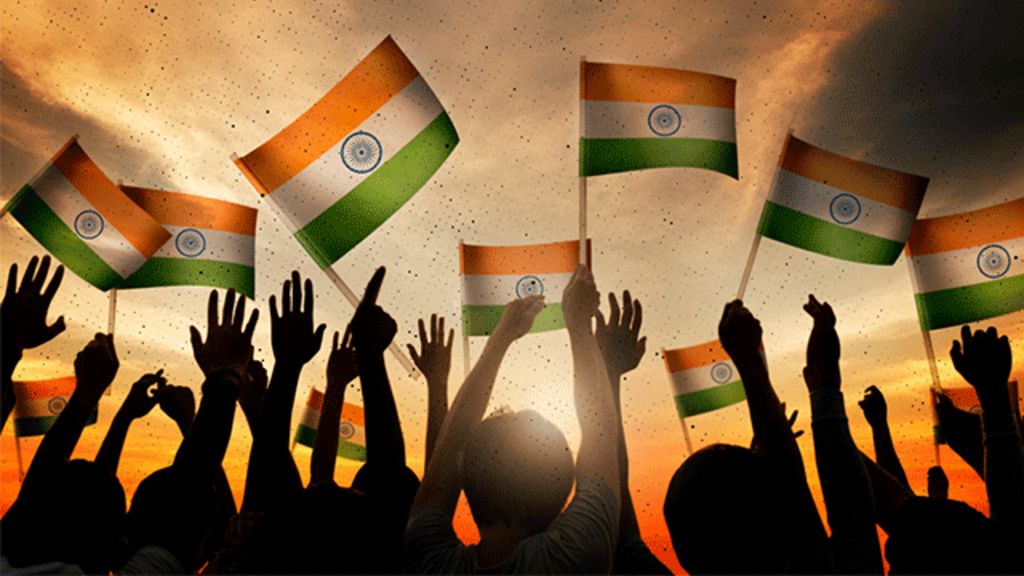
Introduction
Indian politics, with its rich history and diverse demographic, is a constantly evolving arena. From its early days of post-independence to the contemporary political climate, understanding the shifts in Indian politics is crucial for any keen observer or participant in this dynamic field.
Historical Context
The journey of Indian politics began with the struggle for independence, led by the Indian National Congress.
Post-independence, the Congress dominated the political landscape for several decades.
However, the emergence of regional parties and the rise of opposition parties like the Bharatiya Janata Party (BJP) marked significant turning points.
These shifts were reflective of India’s socio-economic changes and the growing political awareness among its citizens.
Recent Trends
In recent years, several trends have emerged that have significantly altered the political landscape.
- Rise of Regional Parties: The influence of regional parties has grown, with states like West Bengal, Tamil Nadu and Uttar Pradesh seeing strong regional leadership. These parties often focus on local issues, bringing them to the national stage and sometimes even acting as kingmakers in coalition governments.
- Impact of Social Media: Social media has revolutionized political campaigning and communication. Platforms like Twitter, Facebook, and WhatsApp have become crucial tools for politicians to engage with voters, shape public opinion, and mobilize support. This direct communication channel has also made it easier for misinformation and fake news to spread, posing new challenges.
- Voter Behavior: There has been a noticeable shift in voter behavior, with increased participation of young and first-time voters. Issues like employment, corruption and development have become central to election campaigns, influencing voter decisions more than ever before.
- Economic Reforms and Policies: Economic policies and reforms continue to play a significant role in shaping political narratives. Decisions like demonetization, GST implementation and various social welfare schemes have had substantial political repercussions, influencing voter sentiment and election outcomes.
Challenges and Opportunities
The changing landscape of Indian politics presents both challenges and opportunities.
- Challenges: The fragmentation of the political landscape can lead to unstable governments and policy paralysis. The rise of populism and identity politics can sometimes overshadow critical issues like economic development and social justice. Additionally, the spread of misinformation through digital platforms poses a significant threat to the integrity of democratic processes.
- Opportunities: The diversification of political representation can lead to more inclusive and balanced governance. The active participation of young voters and the increased use of technology in campaigning can lead to more informed and engaged electorates. Economic reforms and development-focused policies can drive progress and uplift marginalized communities.
Future Outlook
The future of Indian politics is likely to see continued evolution.
Regional parties will continue to play a crucial role and the use of technology in politics will only grow.
The focus on economic development, social justice and transparent governance will remain central themes. It is essential for political analysts, participants and observers to stay informed and adaptable to these changes.
Conclusion
The landscape of Indian politics is as vibrant and diverse as the country itself.
By understanding the historical context, recognizing recent trends and anticipating future changes, one can navigate and appreciate the complexities of this ever-evolving field. Embracing these dynamics with an open mind and a keen eye will be crucial for anyone involved in or studying Indian politics.

